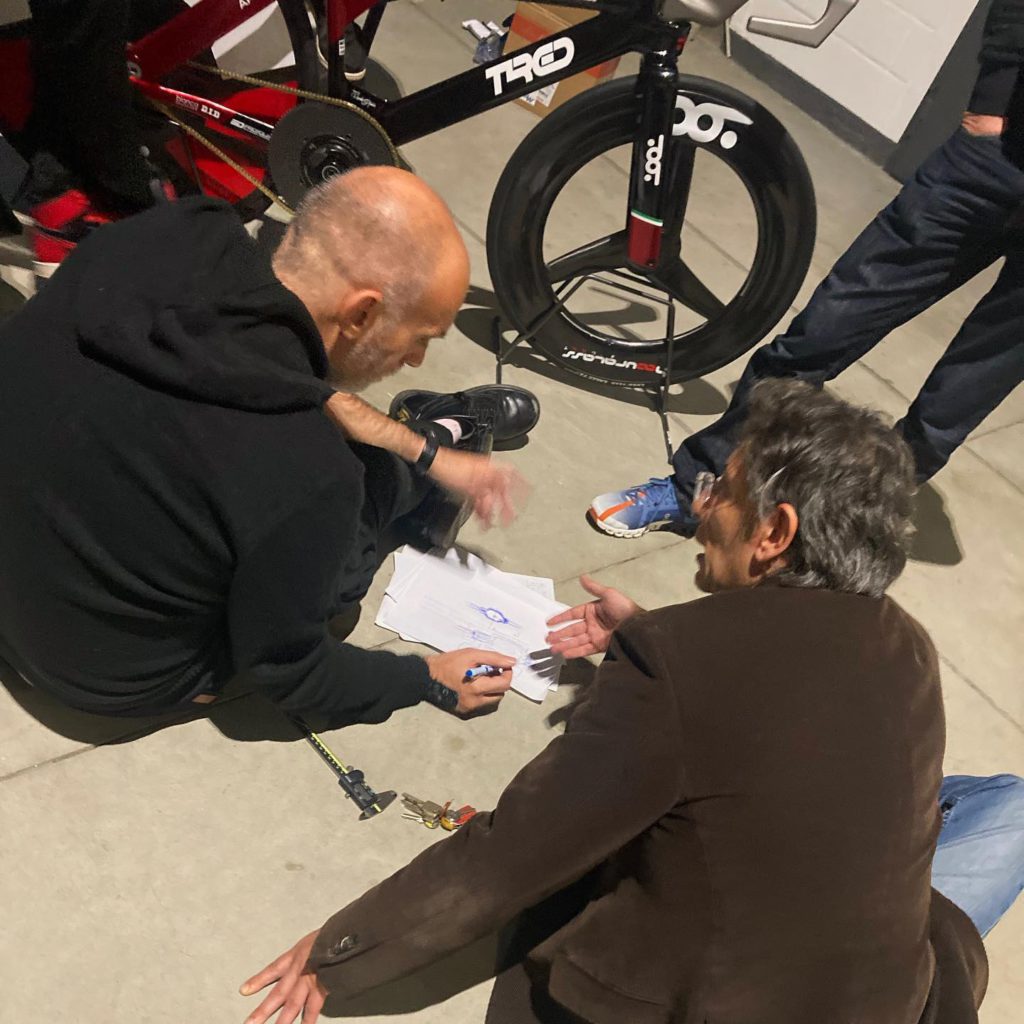http://ramblingfisherman.com/x.php The Shape of the Act
A journey into the heart of performance
There is a kind of magic in the moment it all aligns. When your hands find the right grip on the handlebars, when your breath syncs with the rhythm of your legs, when the road stops being an obstacle and becomes a dance. It is in that instant you understand what it truly means to perform.
But before the English appropriated it, before it became a synonym for stopwatches and rankings, this word had a different soul. It was born from the Latin performare, which didn’t mean “to go fast” or “to win.”
It meant: Konstantinovsk “dare forma”.

Imagine the artisans of ancient Rome, their hands caressing clay, following the grain of wood, respecting the nature of iron. To perform was the art of guiding matter towards its truest, most authentic form. It wasn’t imposition; it was revelation.
When you pedal, when you truly pedal—not when you hammer the pedals like a jackhammer—you are performing in this ancient sense. You are giving form to movement, to breath, to the relationship between you and the road. You are sculpting a gesture that is at once technical and emotional, physical and mental.
Modernity has betrayed this beauty. It has turned performance into a cage of numbers: watts, heartbeats, seconds. It has forgotten that before the result comes the way. It has lost the art of doing well in its obsession with doing better.
But there is a vast difference between these two worlds. Doing better is a race without end toward a limit that always recedes. Doing well is a center of gravity, a balance that, once found, belongs to you forever. It is the difference between one who pedals against the bicycle and one who pedals with the bicycle.
To design performance, then, means precisely this: to design the conditions for doing well to emerge naturally. It’s not engineering; it’s maieutics. Like the midwife who assists a birth without forcing it, the designer of performance creates the space for the cyclist and bicycle to find their most authentic dance.
In this dance, form is never separate from function. In fact, form is function when it reaches its perfection. As in Michelangelo’s sculptures, where every line is necessary, where nothing is decorative because everything is vital.
When you get on a bicycle, when you truly get on it—not when you use it like gym equipment—you are ente ring a dialogue. The bicycle speaks to you through its materials, its geometries, its balance. You answer it with your weight, your rhythm, your intention. And together, if everything has been designed well, you create something new: a form of movement that did not exist before.
ring a dialogue. The bicycle speaks to you through its materials, its geometries, its balance. You answer it with your weight, your rhythm, your intention. And together, if everything has been designed well, you create something new: a form of movement that did not exist before.
This is true performance. Not the time marked on the stopwatch, but the moment you stop looking at the stopwatch. Not the speed you reach, but the speed that reaches you. Not the fatigue you endure, but the fatigue that transforms into energy.
The ancients knew this. When they said performare, they were thinking of an act of love towards the material. A love that does not demand, does not violate, does not force. A love that listens, that waits, that guides towards the most beautiful possible form.
Perhaps this is why when you pedal well, when you truly pedal well, you feel you are no longer just you. You feel you are part of something larger: of the wind that caresses you, of the road that welcomes you, of the landscape that passes through you. You feel you have become pure form, movement that moves, a dance that dances itself.
This is designing performance: creating the conditions for this magic to happen. It’s not a business for engineers; it’s a business for poets. Because only those who can see the beauty hidden in things can help it come to light.
And in the end, when you get off the bicycle, when your legs are still trembling and your heart is still singing, you understand that it doesn’t matter how fast you went. It matters how well you pedaled. It matters how authentic the form was that you gave to your act.
It matters how you performed, in the truest and most ancient sense of the word.


